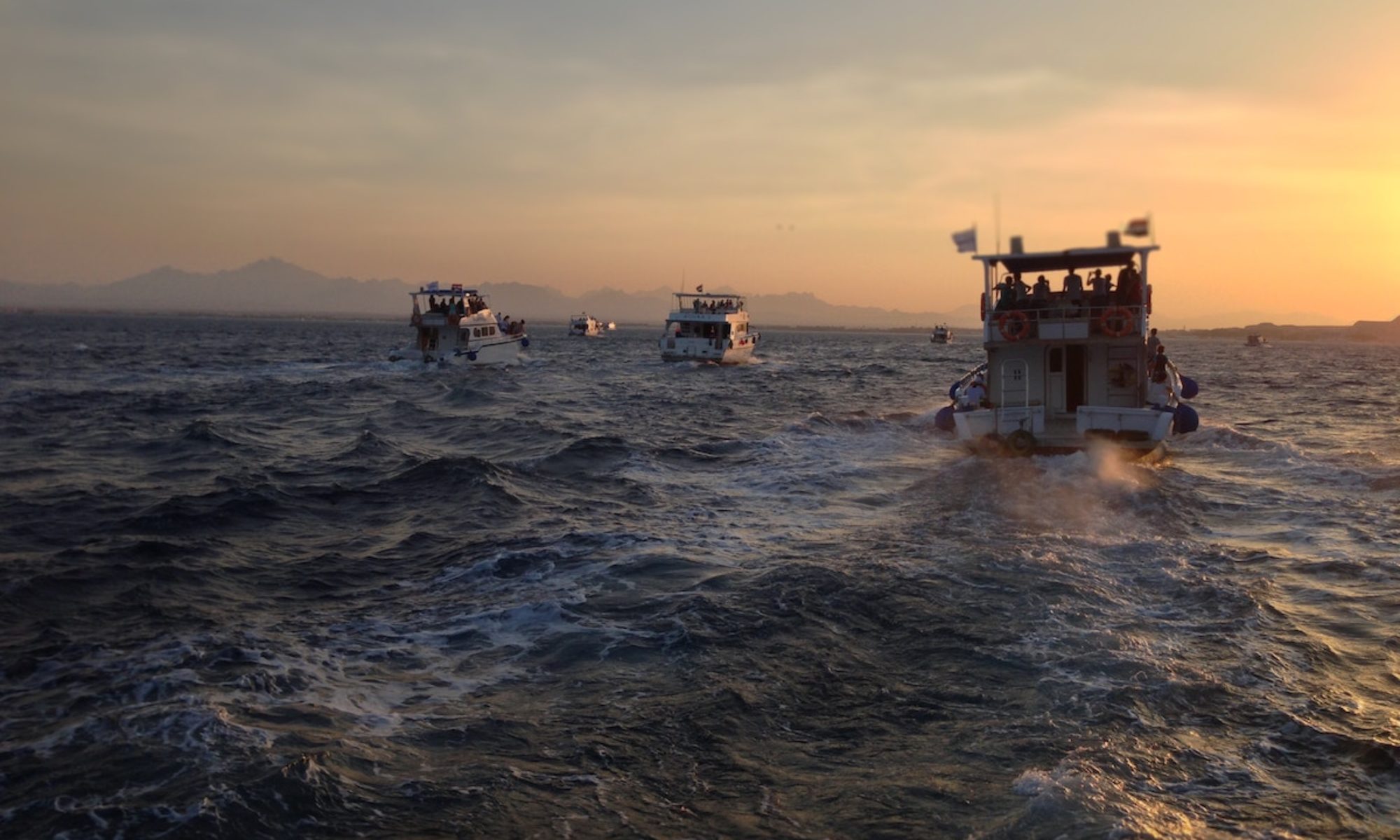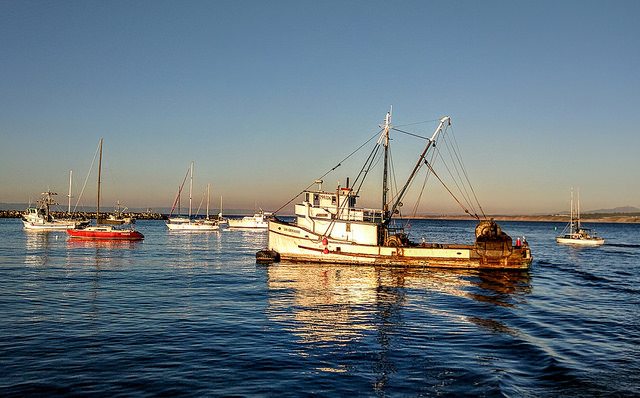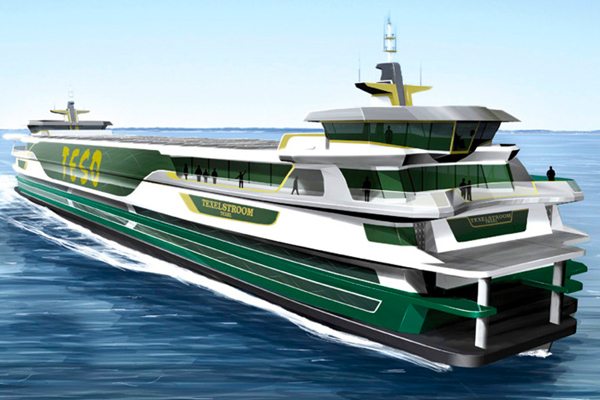Researchers at the Universtiy of Hawaii, Manoa integrated known patterns of fishing with fish survey data to create “seascape models” that reveal areas where the potential for reef fisheries recovery is greatest for each of the eight islands in the archipelago. The seascape models could be of great use to those who have a stake in maintaining the productivity and sustainability of Hawaii’s fisheries, which yield more than 2 million pounds of fish per year.
The seascape models could be of great use to those who have a stake in maintaining the productivity and sustainability of Hawaii’s fisheries, which yield more than 2 million pounds of fish per year.
Continue reading “New “Seascape Models” Could Boost Reef Fisheries Recovery in Hawai’i”
Pressed to Reduce Shipping Emissions, Leading Organizations Turn to Lithium Ion Energy Storage
Multiple threats to marine ecosystems
Real and present threats to the health of the oceans, and concerns about their impacts on economies and societies continue to come under scrutiny, and justifiably so.
Urgency mounts to find solutions to the multiple stresses on ocean ecosystems. Among these threats are fisheries collapse, chemical and plastic pollution, warming and acidifying ocean waters, shifting water and wind circulation patterns, and sea level rise.
Shipping emissions
Analysts forecast that the shipping industry’s carbon gas emissions could increase as much as from 50 to 250 percent worldwide come 2050. Furthermore, the industry’s share of global emissions is forecast to increase from around three to 17 percent given the realization of the UN Paris Accord’s emissions reduction goals across other sectors.
Shipping and aviation greenhouse gas emissions are not included in the UN Framework Convention on Climate Change’s Paris Agreement, however; and members of the UN International Maritime Organization (IMO) have been unable to agree on any global industry emissions reduction targets.
Some shipping companies and other maritime organizations are advancing along this course nonetheless. They’re investing greater amounts in new ship designs and propulsion technology in bids to increase fuel efficiency, reduce emissions and waste, and create a core set of industry best environmental practices. Continue reading “Pressed to Reduce Shipping Emissions, Leading Organizations Turn to Lithium Ion Energy Storage”
Retired Harbormaster Talks of a Changing Ocean Environment
Fisheries research update:
Harbormaster speaks of changes in fisheries and marine habitat in Monterey Bay and the north-central California coast.
I recently interviewed Steve Scheiblauer, the Harbormaster for the City of Monterey. Scheiblauer is set to retire in early 2017, but for the past 21 years, he’s been managed one of the world’s most iconic natural harbors.
Scheiblauer has spent a career on west coast harbors. Before coming to Monterey in 1995, he spent 20 years as the harbormaster for Santa Cruz, Monterey’s neighbor to the north.
He has decades of accumulated knowledge and experience on the workings of the sea and the men and machines
Scheiblauer also chairs the Board of Directors for the Monterey Bay Fisheries Trust. Talking with Steve is part of ongoing research into west coast fisheries and ocean health.
He became the Harbormaster for Santa Cruz in the mid-seventies and, since 1995, for Monterey.
The position of Harbormaster for an iconic waterfront like Monterey requires the manner of a diplomat, the savvy of a negotiator, and a feel for the sea.
After more than three decades on or near the water, Steve has an insight into what most of the rest of us take for granted.
My final question to him was “How has the ocean changed from your perspective?”
There are long, decadal cycles of temperature through ocean currents, impacting local fisheries. Steve talks of the crash of sablefish in the ’40’s as one example. There are patterns to those who are willing to observe them.
But now, he says, “the ocean is very confused.”
Featured image credit: Travis Wise, courtesy Flickr


